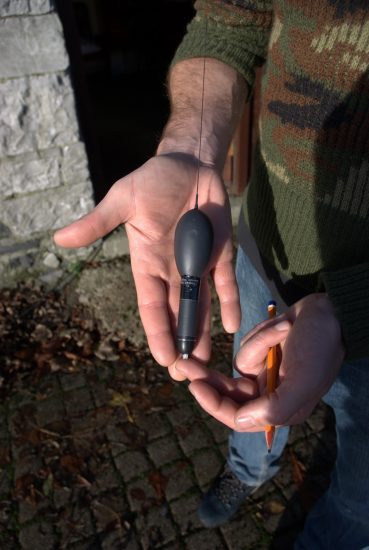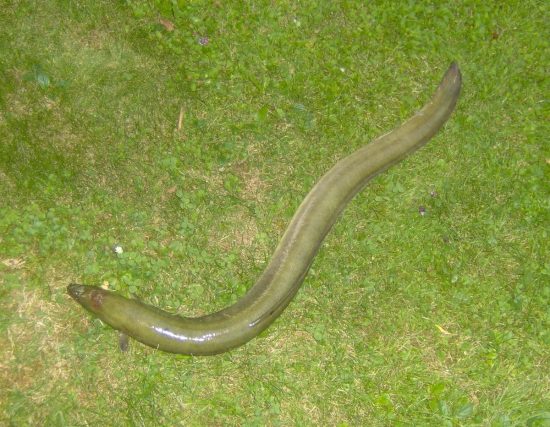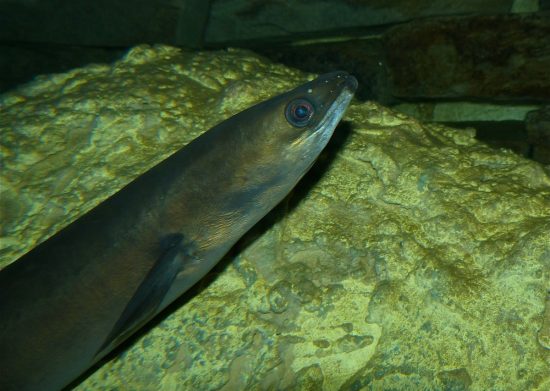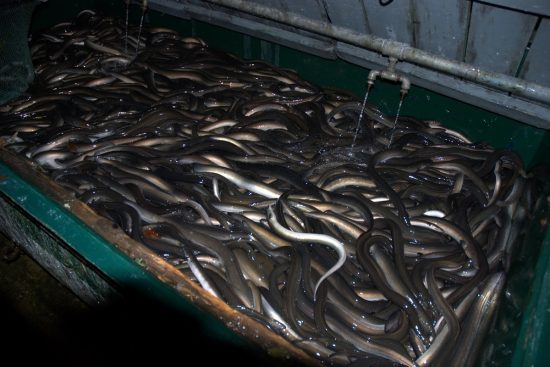





Researchers,
including one from the Technical University of Denmark, have proven for the
first time that eels from the Mediterranean Sea do have a part to play in
Europe's eel population.
Based
on their findings (published in the scientific journal Nature's Scientific Reports),
eels from southern France in the Mediterranean Sea can find their way to the
Atlantic Ocean, moving through the Strait of Gibraltar, to reach the Sargasso
Sea to spawn alongside other eels from the rest of Europe.
“Our results provide evidence that Mediterranean
countries also have an important role to play in helping to save the European
eel. There has previously been speculation about whether eels in the
Mediterranean could even find their way out into the Atlantic; thus the
question was whether the Mediterranean eel was important for maintaining the
eel population, or whether we might as well just eat them all. Well, obviously,
we shouldn’t!” said Senior Researcher
Kim Aarestrup of DTU Aqua (National Institute of Aquatic Resources), one
of the authors of the study.
Eight
eels equipped with satellite transmitters
The
team first fitted eight eels with small satellite transmitters to record the
light, depth and temperature of the eels’ route. The data collected was sent to
the researchers via satellite. After six months, the transmitters broke off
from the animals and floated upwards to the water surface to be retrieved.
The
researchers deduced that five of the eels had been eaten by predators in the
Mediterranean. They knew this because of the change in the data pattern. For
instance, if an eel is tracked near the water surface during the day, but the transmitter
does not detect any light, this would mean that the eel had perished inside a
predator’s stomach.
Based
on the temperature and depth data from the five unfortunate eels, Aarestrup
deduced that four of them were eaten by marine mammals like whales or seals.
For the fifth eel, the scientists guessed that it had been eaten by a bluefin
tuna. They came to this conclusion because marine mammals would not have dived
for so long. In addition, the internal temperature of the predator was high,
indicating the possibility that it was a bluefin tuna.
Deep beneath the flow therethrough
After
the six-month study, only three eels remained: one of them was 719km away from
where it was tagged, but still in the Mediterranean Sea. The remaining two were
in the Atlantic, 2,000 kilometres away from their tagging location, and they
were presumed to have swum through the Strait of Gibraltar.
“It is both satisfying and interesting that for
the first time we have been able to show that eels can migrate from the Mediterranean
through the Strait of Gibraltar. […] They probably don’t
like the strong current, so they change strategy, as we can see, and break
their normal swimming pattern by swimming towards the bottom to avoid it, and
staying there while passing through the Strait. Out in the Atlantic they then
change back to their normal pattern again,” said
Aarestrup.
Source: http://www.dtu.dk
Link to study: http://www.nature.com/articles/srep21817
 Mares
Mares 12th April 2016
12th April 2016